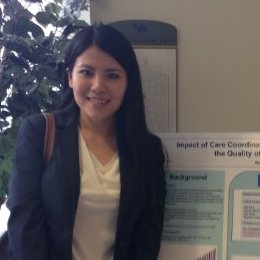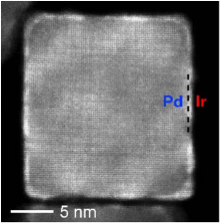Annals Internal Medicine, Author Interviews, Critical Care - Intensive Care - ICUs, Technology / 18.11.2015
Peripheral Thermometers May Not Be Accurate Especially In Critically Ill Patients
MedicalResearch.com Interview with:
Daniel Niven MD, MSc, FRCPC
Department of Critical Care Medicine
Department of Community Health Sciences
O'Brien Institute for Public Health
Cumming School of Medicine, University of Calgary
Medical Research: What is the background for this study?
Dr. Niven: Fever (temperature 38.0 degrees Celsius or higher) and hypothermia (temperature less than 36.0 degrees Celsius) are commonly included in diagnostic criteria for certain disorders, influence clinical decision making, and are associated with an increased risk for death in select patient populations. Therefore, accurately measuring body temperature is important. Unfortunately, the accuracy of many commonly employed thermometers is not well defined.
Medical Research: What are the main findings?
Dr. Niven: This systematic review and meta-analysis examined the accuracy of thermometers measuring temperature from peripheral sites (for example, forehead measurement devices) relative to central sites (for example, the bladder) in adults and children. From 75 studies and 8,682 patients, this meta-analysis found that the majority of commonly used peripheral thermometers do not have clinically acceptable accuracy among adults and children. This was especially the case for patients with fever and hypothermia, where peripheral temperature measurements may be as much as 1 to 2 degrees higher or lower than actual body temperature. Sensitivity for detection of fever was low (64%), whereas specificity was high (96%).
(more…)























